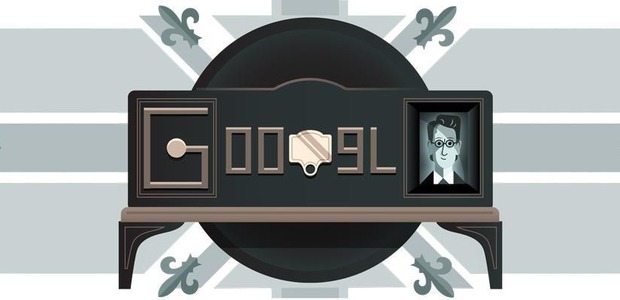advertisement
Google Doodle marks 90th anniversary of the first demonstration of television
The face in question belonged to Daisy Elizabeth Gandy, the business partner of John Logie Baird, the Scottish scientist who…

The face in question belonged to Daisy Elizabeth Gandy, the business partner of John Logie Baird, the Scottish scientist who is regarded as the inventor of the mechanical television.
“Televisor” as the device was named permitted “looking in as well as listening in” because it had a rotating mechanism attached that could generate a video to accompany the sound.The image was blurred and measured only 3.5 by 2 in. (8.8 by 5 cm) but made history as the first live public broadcast.
After the 1926 display, Baird continued to develop the mechanical TV and in 1927 he transmitted content across a 438-mile long telephone line between London and Glasgow. He went on to set up the Baird Television Development Company, which produced the first transatlantic broadcast and the first live transmission of the Epsom Derby.
advertisement
Baird developed colour TV and brought out the world’s first mass-produced television set in 1929 and from then until 1937 the BBC used Baird’s company for its television broadcasts.
In 1939, he showed colour television using a cathode ray tube in front of which revolved a disc fitted with colour filters, a method taken up by CBS and RCA in the United States. In 1941, he patented and demonstrated a system of three-dimensional television at a definition of 500 lines.
On 16 August 1944, he gave the world’s first demonstration of a fully electronic colour television display. His 600-line colour system used triple interlacing, using six scans to build each picture.